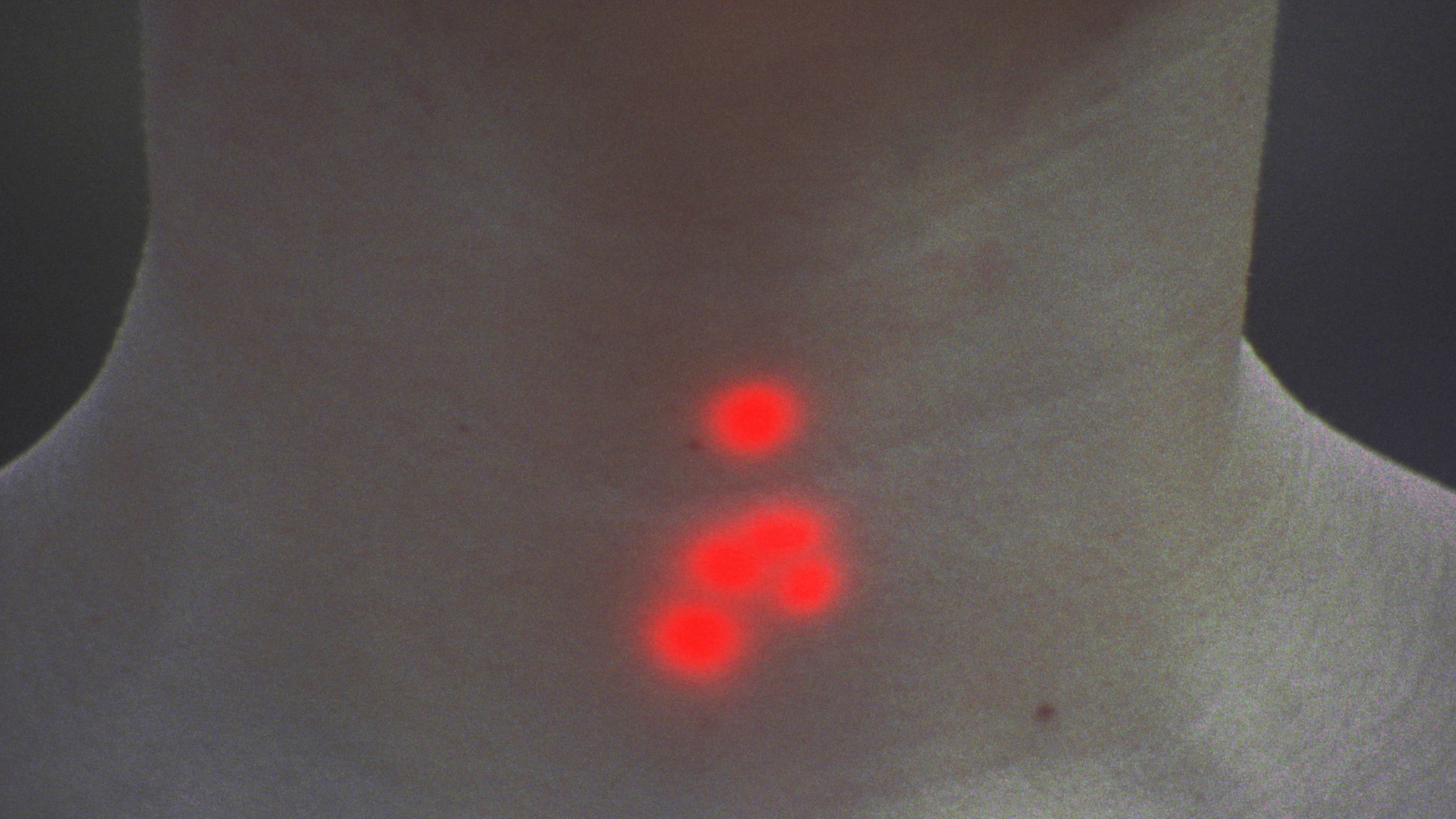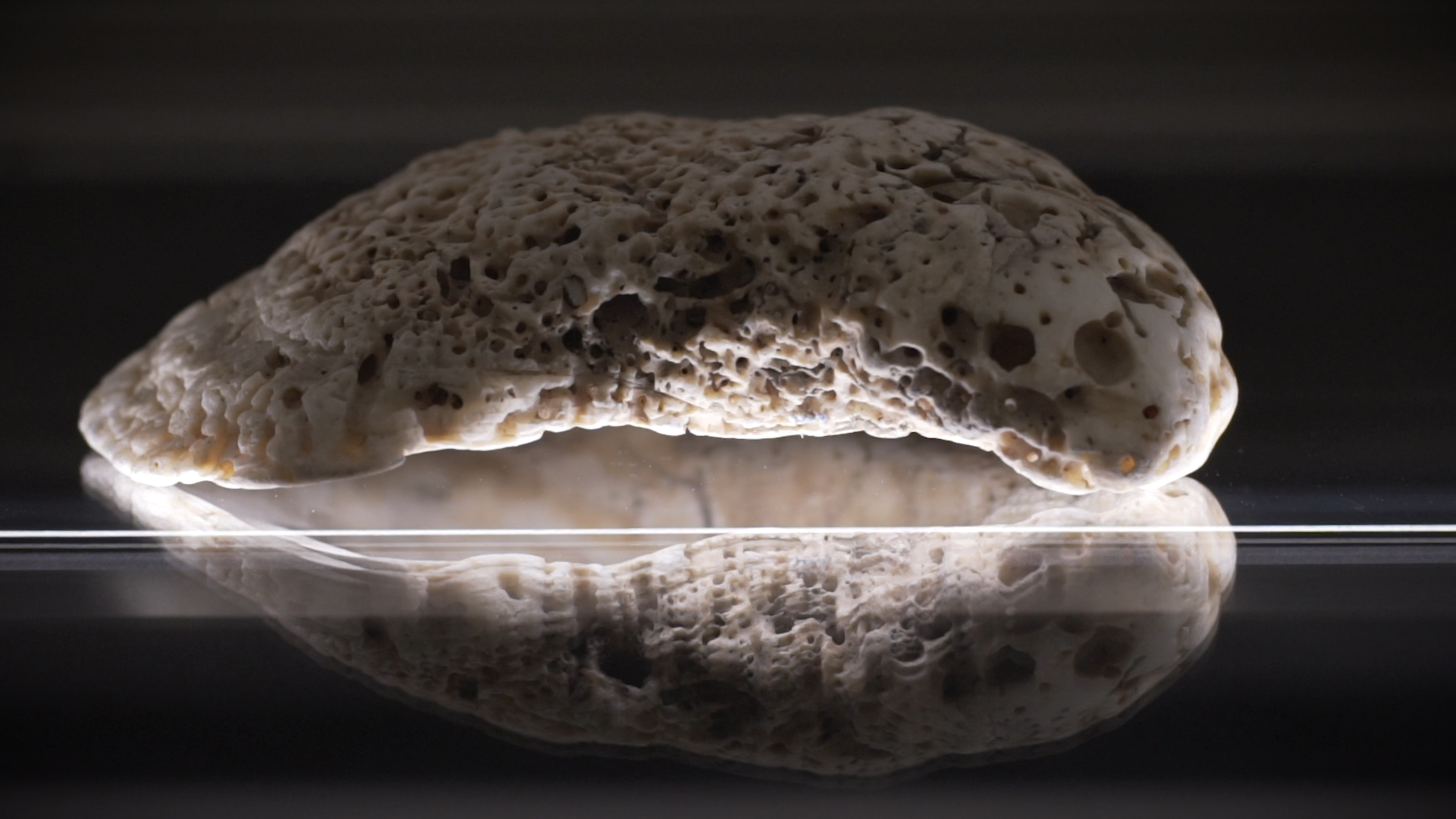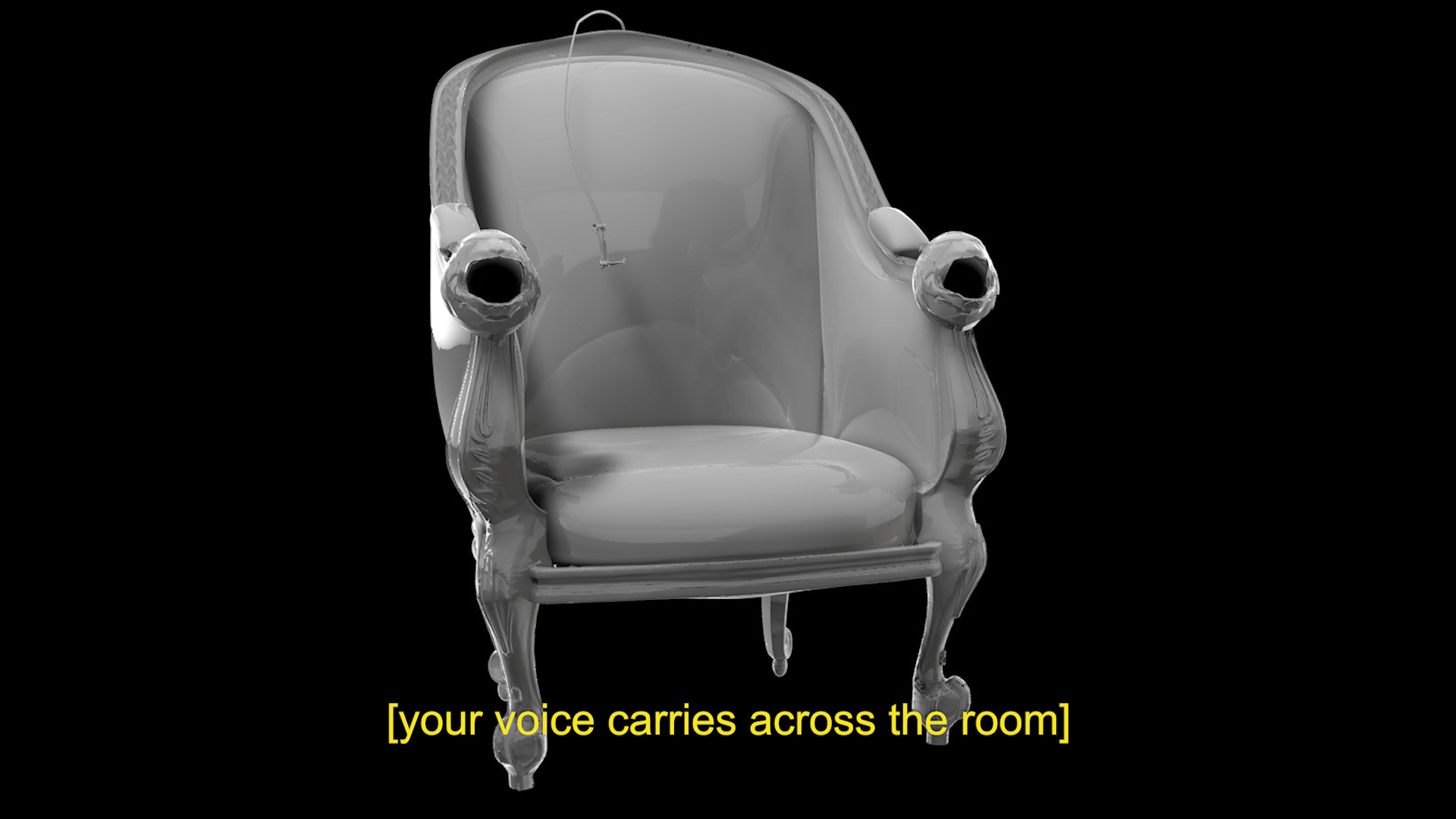



The Glass Note, 2018, 9 min, digital video
In The Glass Note, a collage of sound, image, and text explore cinema's inherent ventriloquism. Across surface and form, the video reflects on voice, embodiment, and fetish through the commingling of sound and image. - MHC
Few artists in these hundred years have paid such careful attention as Clark does to the arrangement of aural, verbal, and visual images, and to their unique epistemological valances, their capacities to create meaning and mood. Much work has been done toward understanding how these forms function in counterpoint. Considerably less has been done toward understanding how they might blur into one another, how they might swap effects as if they were masks, troubling the usual routes to making sense of experience. Clark's films, The Glass Note above all, do just this; they leave us to find unexpected uses for our senses.
- Phil Coldiron, Deep Listening: Mary Helena Clark's The Glass Note, The Brooklyn Rail
Mary Helena Clark's exquisite The Glass Note (2018) is a poetic primer for the strange relations between eye and ear the cinema can create. Brakhage once said, "When you synch something, then you're sunk." It was an attitude he shared with Soviet filmmakers such as Sergei Eisenstein and Vladimir Pudovkin before him, who believed that synchronization could only ever result in talking pictures devoid of the plastic tensions of montage; they argued instead for strong juxtaposition. Clark complicates this dismissal. Instead of refusing synchronization outright, she plays with the creative, anti-realist possibilities of the artificial conjunction of vision and audition. We encounter the same noise paired with multiple images, with its meaning shifting dramatically with the cut, to the point that the noise seems to resonate differently, even though only the image has changed. These disjunctions denaturalize the technique of synchronization - usually thought to be 'obvious' and 'natural', even though it is nothing of the sort - and reveal how much our apprehension of the picture conditions our reception of sound and vice-versa. Cinema turns out to be a synaesthetic art, even far beyond bounds of the visual music tradition.
- Erika Balsom, Cinema as Synaesthesia: How to Listen to Artists' Films, Frieze
The porosity of the body and its deep inextricability from the spaces around it are also at play in Mary Helena Clark's The Glass Note. As with many of Clark's recent films, this work offers up an increasingly mysterious set of juxtapositions and associations, auditory and haptic sensations, whose collision generates innumerable weird undertones. The lithophonic "ringing rocks" of rural Pennsylvania, which chime like bells when struck with a hammer; a creaking boat; a cargo-bay door opening onto a rendered ocean; an enlarged uvula-Clark stealthily bounds from one object to another as if searching for a lost mode of sensation, a seventh sense through which to process and remake the world.
- Leo Goldsmith, Crisis of Perfection: Wavelength Shorts, Cinema Scope



